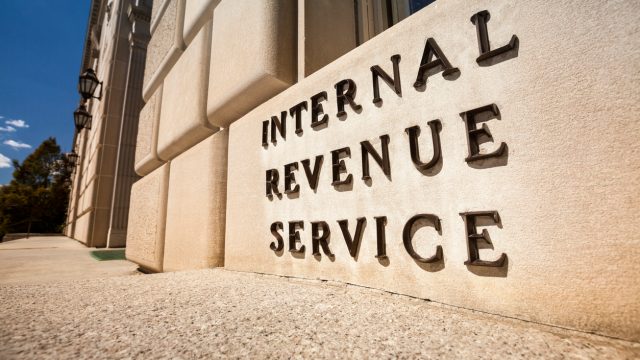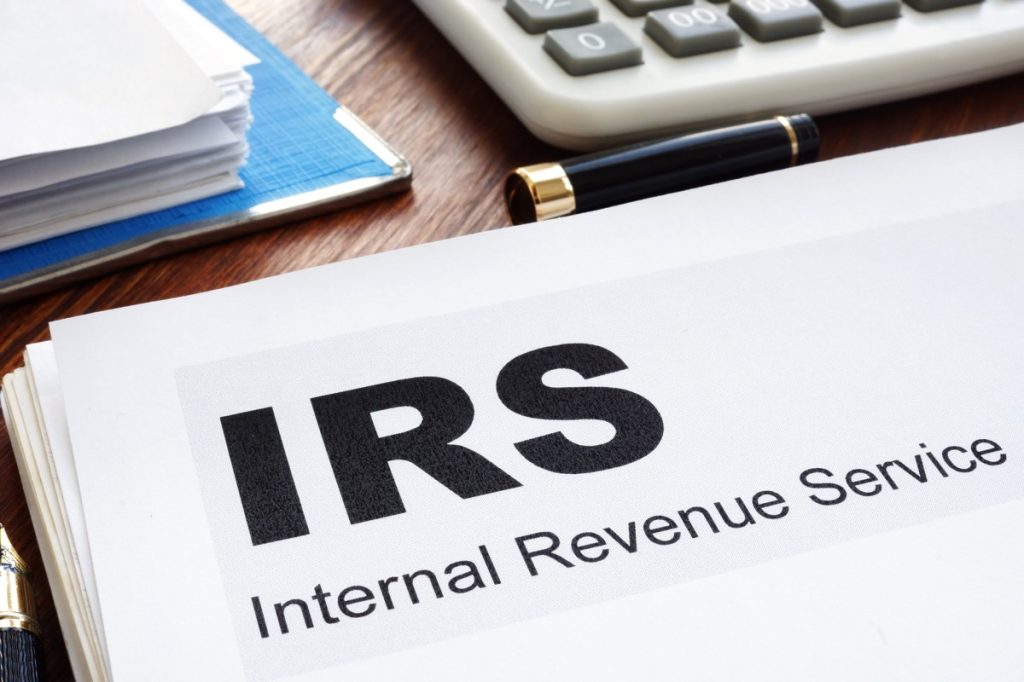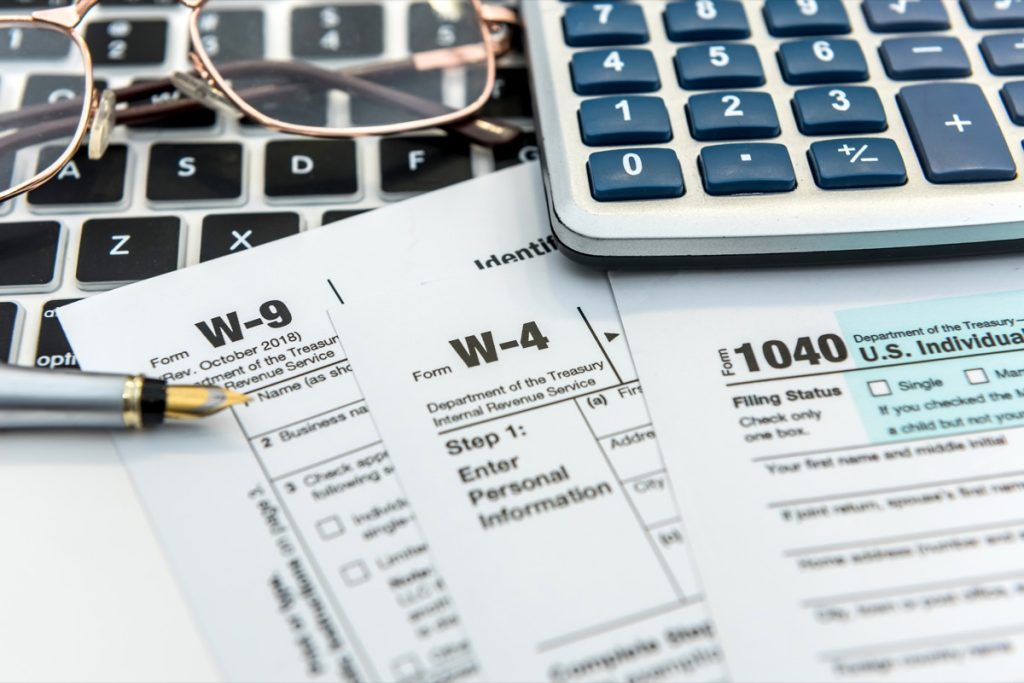IRS Announces Major Tax Filing Changes for Next Year—Are You Affected?
The federal agency just adjusted brackets and will begin rolling out a new way to file.

The fact that we have to pay our taxes every year is one thing that famously never changes. And while there are plenty of different tools to help you file, it's more often significant changes in your own life that can alter the process. But now, the Internal Revenue Service (IRS) has announced a set of major changes for next year. Read on to see if you're affected by the latest updates and what it could mean when it comes time to file.
RELATED: IRS Warns That Claiming These Credits Can Get You Audited and Fined.
The IRS just updated tax brackets for the 2023 tax year.

Typically, any change in the tax rate is a development that tends to grab plenty of headlines no matter which way it's heading. But while those numbers will remain the same the next time you file, the IRS has released an updated set of tax brackets for the 2023 tax year.
The adjustments affect where the boundaries are set for each income level, with progressively increasing rates as amounts increase. This year's changes take into account inflation, with upper limits that are 7 percent higher than brackets in 2022, Forbes reports. And while deductions and other elements must still be factored in, these brackets can help estimate roughly how much you'll pay when it comes time to file.
RELATED: 4 Warnings About Using TurboTax, According to Experts.
Here's the basic rundown of what each income bracket could pay.

So, how much will each group now pay? The lowest tax bracket begins at 10 percent for individuals with $11,000 or less in taxable income—or $22,000 for married couples filing jointly. It then ranges from 12 percent for individuals making between $11,001 and $44,725, 22 percent for those with $44,726 to $95,375 in taxable income, and 24 percent for individuals earning between $95,376 to $182,100.
The new rate for individual income between $182,101 and $231,250 is 32 percent, while people earning between $231,251 and $578,125 fall into a 35 percent rate. It tops out with those who take in $578,126 or more in 2023 paying 37 percent. The complete list of updated brackets and rates—including those for married couples filing jointly or separately—can be found on the agency's website.
RELATED: 5 Reasons the IRS Might Mistakenly Audit You, Finance Experts Say.
The agency is also launching a new free filing service for next year.

But it's not just your income bracket that could be changing for this year. In a press release on Oct. 17, the IRS also announced that it would begin rolling out its free tax filing program known as Direct File during the 2024 filing season for certain taxpayers.
The service aims to provide an affordable alternative to tax preparation services many people use to file annually. It's estimated that Americans spend an estimated $11 billion each year nationwide for professional assistance, CBS News reports.
However, not everyone filing will be able to use the service right away. The agency specifies that eligibility will be limited to "taxpayers with relatively simple returns," targeting those with specific income, credits, and deductions, according to the press release.
RELATED: 6 Tax Return Secrets From Accountants.
The new service will also only be available in 13 states to start.

Besides individual limitations, where you live could also keep you from using Direct File next year. The IRS said the free program will be available to eligible residents in Arizona, California, Massachusetts, and New York, where state governments have worked to incorporate their own taxes into the new system. Those who live in one of the nine states that do not collect state income tax—Alaska, Florida, New Hampshire, Nevada, South Dakota, Tennessee, Texas, Washington, and Wyoming—could also qualify.
Despite its limited initial reach, officials hope the early rollout will reach at least several hundred thousand taxpayers, CNN reports. The initial phase will also help work out any issues and see if the program could be expanded to a broader pool of potential filers.
"The plan is to roll it out in increments that get larger and larger, consistent with how products like this are rolled out in the private sector," IRS Commissioner Daniel Werfel told reporters during a call, per CBS News. "We want to make sure it is an easy-to-understand pilot."
RELATED: For more up-to-date information, sign up for our daily newsletter.





















